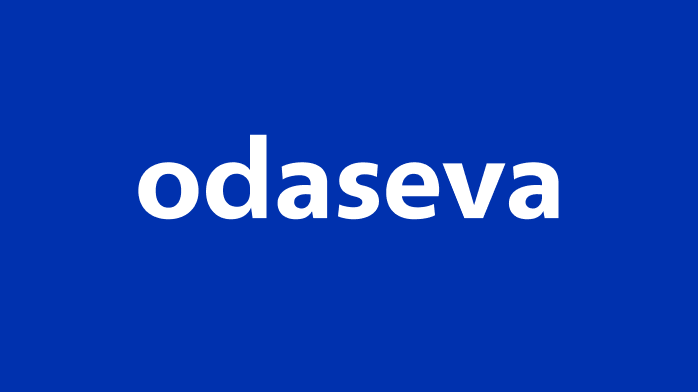
Vast amounts of data are being collected by organizations today, especially through Salesforce implementations, which can lead to exponential data increase. Managing and archiving Salesforce data it is no small feat, as organizations of all sizes struggle with the growing complexities of data archiving.
So why is data archiving important with Salesforce? Large volumes of data can result in slower query and search performance, which in turn impacts user experience. By consolidating your data, you can improve your user’s proficiency. Archiving helps reduce your storage costs and keeps your data safe.
Yet Salesforce data archiving needs to be planned and analyzed carefully. The following are the top three things organizations need to plan for when archiving.
It’s important to understand how much storage your organization has and how much is being used. Salesforce provides storage but it is limited by edition. You can learn more here.
Understanding the data usage metrics in your Salesforce is also important when it comes to archiving. First, be sure to have the necessary tools to evaluate your volume of data and track trends. You can use API like Odaseva Cockpit, built on Salesforce Einstein Analytics, to provide multiple dashboards and monitor your data usage and trends. The app also helps you to identify misuse or unusual events. Read more about Odaseva Advanced Analytics here.
Whenever considering deleting data from Salesforce, first consult with your organization’s legal team. There could be data integrity implications, such as Parent-Child Relationships and Field Removal.
A misunderstanding among Salesforce users is that Salesforce provides backup and archiving each organization needs. The fact is, each organization is primarily responsible for its own data.
When selecting a data backup and archiving tool for Salesforce, it’s important to find a tool that is certified by Salesforce and has a proven track record of successful backup and archiving. It should be intuitive, easy to use and most of all: effective.
It should provide four key features when it comes to data archiving including :